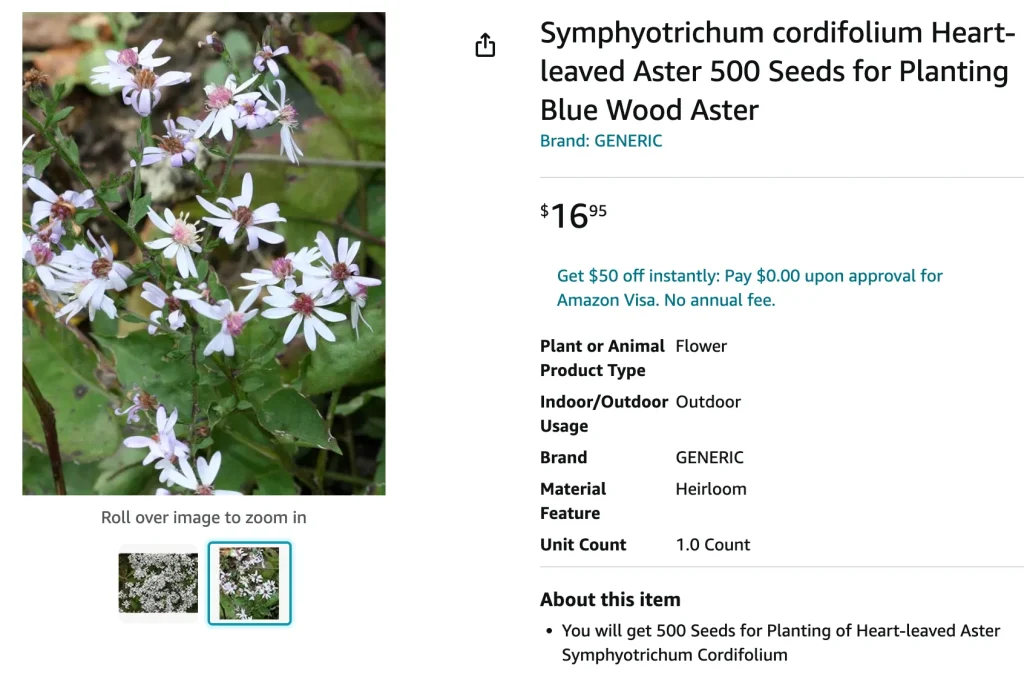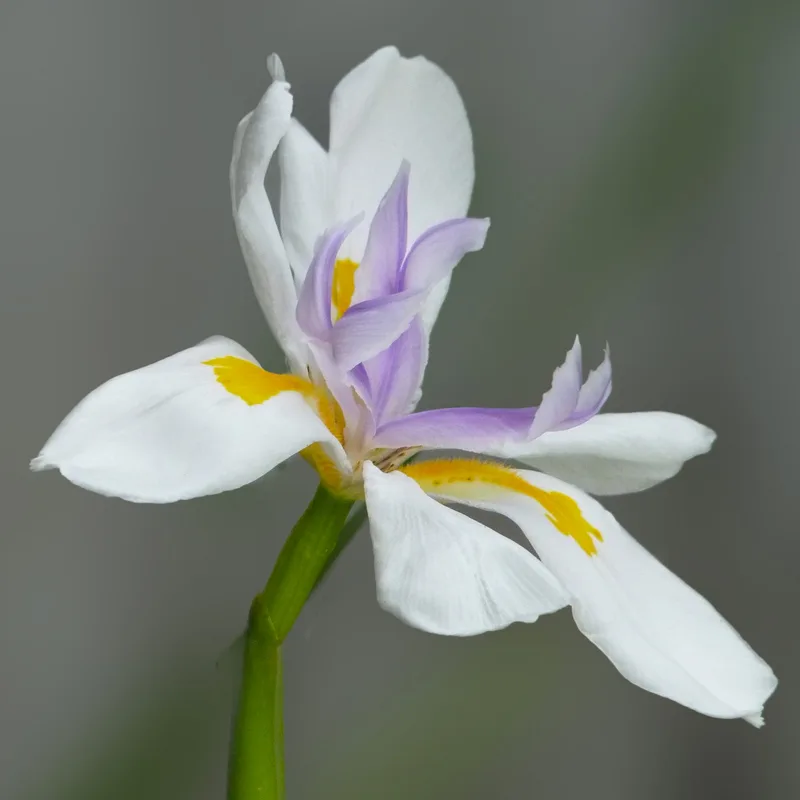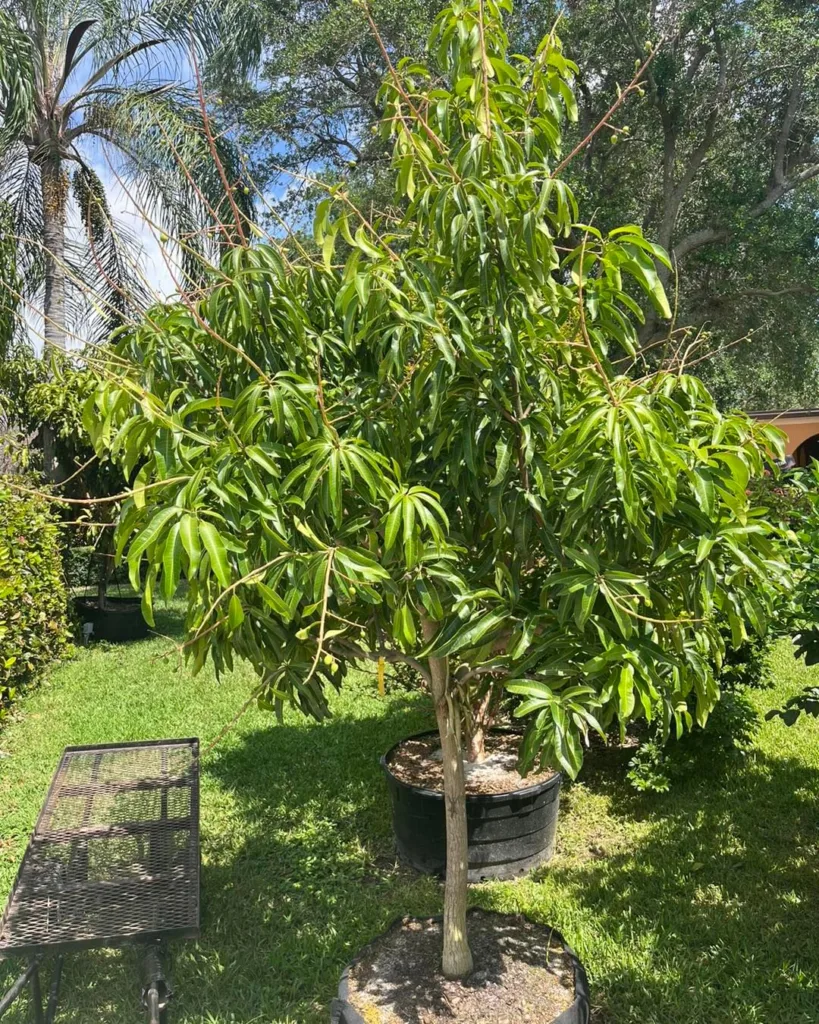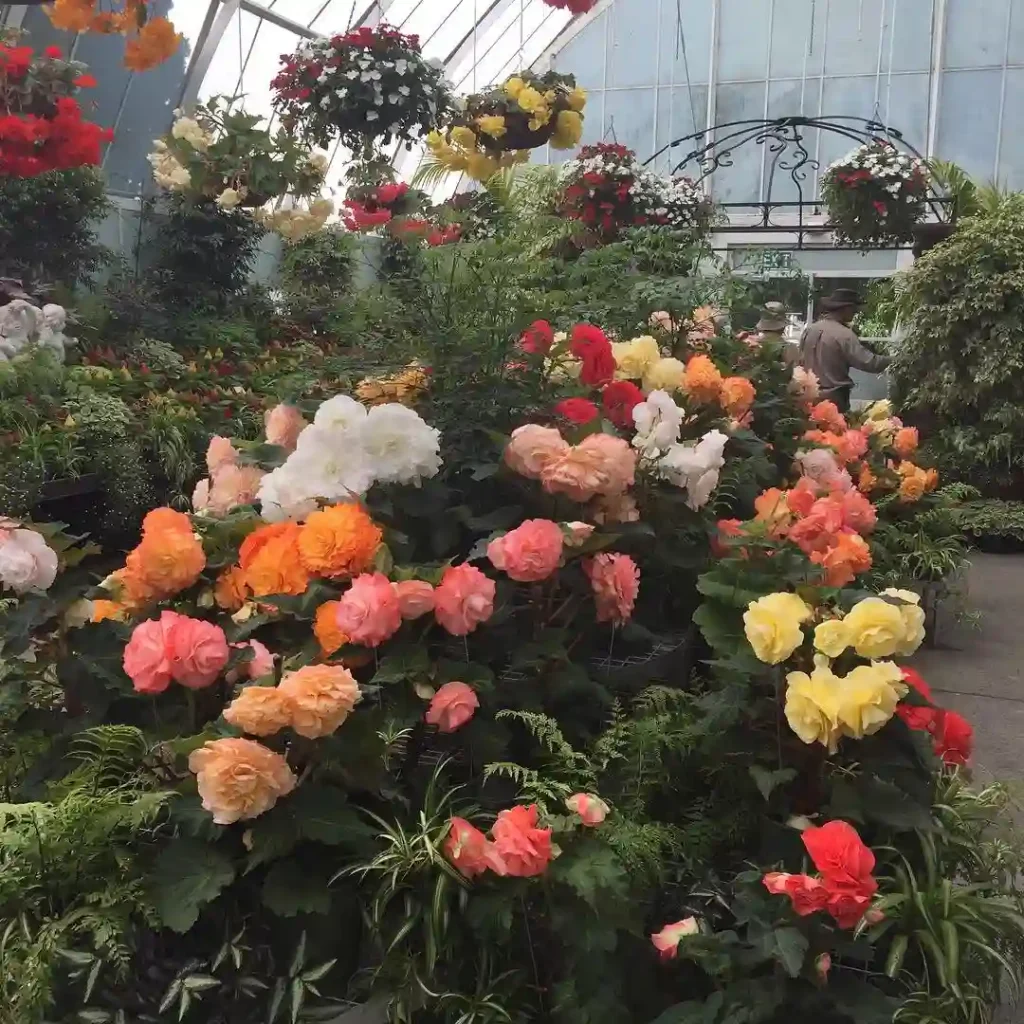
FAQs About Symphyotrichum Cordifolium
As a gardening enthusiast, I’m always looking for ways to enhance my garden with unique and beautiful plants. One that has recently caught my attention is Symphyotrichum Cordifolium, commonly known as the Heartleaf Aster. This perennial offers a lot of charm with its attractive foliage and lovely blooms. Here’s a comprehensive FAQ guide to help you understand this plant better.
114 Species in Genus Symphyotrichum
What Is Symphyotrichum Cordifolium?
Symphyotrichum Cordifolium, also known as Heartleaf Aster, is a perennial plant native to North America. It belongs to the Asteraceae family, which includes sunflowers and daisies. The plant is known for its heart-shaped leaves and clusters of small, daisy-like flowers that bloom in late summer to fall. Its vibrant blooms range from purple to blue and are a real eye-catcher in any garden.
Symphyotrichum Cordifolium vs Aster Cordifolius: What’s the Difference?
Many people confuse Symphyotrichum Cordifolium with Aster Cordifolius, but they are actually the same species. The name Aster Cordifolius was the plant’s former designation before it was reclassified into the Symphyotrichum genus. The change reflects updates in botanical classifications and taxonomy. Despite the name change, the plant’s characteristics and care requirements remain the same.
How to Care for Symphyotrichum Cordifolium?
Caring for Symphyotrichum Cordifolium is relatively straightforward. Here are some tips to ensure it thrives in your garden:
- Sunlight: It prefers full sun to partial shade. While it can tolerate some shade, it will bloom more vigorously with plenty of sunlight.
- Soil: Ensure the soil is well-drained and rich in organic matter. It thrives in loamy soil but can adapt to various soil types as long as they are not waterlogged.
- Watering: Regular watering is essential, especially during dry spells. However, avoid overwatering, as this can lead to root rot.
- Fertilizing: A balanced fertilizer applied in early spring will help promote healthy growth and abundant blooms.
- Pruning: Deadhead spent flowers to encourage more blooms and maintain a tidy appearance. Cut back the plant in late fall or early spring before new growth starts.
How to Propagate Symphyotrichum Cordifolium?
Symphyotrichum Cordifolium can be propagated through several methods:
- Division: In early spring or fall, divide the plant by digging up clumps and separating them into smaller sections. Replant these sections in well-prepared soil.
- Seeds: Collect seeds from the plant after blooming and sow them in a seed tray or directly into the garden bed. Keep the soil moist and ensure the seeds receive adequate light to germinate.
What to Plant With Symphyotrichum Cordifolium?
Symphyotrichum Cordifolium pairs well with a variety of other plants. Consider combining it with:
- Echinacea (Coneflower): Their vibrant blooms complement each other.
- Sedum (Stonecrop): Provides a contrast with its fleshy foliage and late-blooming flowers.
- Coreopsis: Offers a bright, cheerful contrast to the Heartleaf Aster’s purple or blue flowers.
- Salvia: Adds a vertical element and attracts pollinators.
Can You Grow Symphyotrichum Cordifolium Indoors?
While Symphyotrichum Cordifolium is primarily an outdoor plant, it can be grown indoors if you provide the right conditions. Ensure it gets plenty of sunlight, preferably from a south-facing window. Use a well-draining potting mix and be mindful of watering needs to avoid overwatering.
Is Symphyotrichum Cordifolium Toxic?
No, Symphyotrichum Cordifolium is not considered toxic to pets or humans. It’s a safe choice for gardens where children and animals may play.
Benefits of Growing Symphyotrichum Cordifolium
Growing Symphyotrichum Cordifolium offers several benefits:
- Attractive Blooms: Its late-season flowers provide color and interest when many other plants have finished blooming.
- Pollinator-Friendly: It attracts bees, butterflies, and other beneficial insects.
- Low Maintenance: Once established, it requires minimal care and is relatively pest and disease-resistant.
Common Problems with Symphyotrichum Cordifolium
While generally hardy, Symphyotrichum Cordifolium can face a few issues:
- Powdery Mildew: This fungal disease can affect the leaves. Ensure proper spacing and airflow to reduce humidity around the plant.
- Aphids: These small pests can be managed with insecticidal soap or by encouraging natural predators like ladybugs.
Comparing Symphyotrichum Cordifolium with Similar Plants
If you’re considering alternatives to Symphyotrichum Cordifolium, you might look at other asters or fall-blooming perennials. For example:
- Symphyotrichum Novae-angliae (New England Aster): Offers similar late-season blooms but with larger flowers and a more upright growth habit.
- Symphyotrichum Oolentangiensis (Sky Blue Aster): Features smaller, sky-blue flowers and a more compact form.
By understanding these aspects of Symphyotrichum Cordifolium, you can make an informed decision on how to incorporate this beautiful plant into your garden. Whether you’re drawn to its charming flowers or its low-maintenance nature, the Heartleaf Aster is a worthy addition to any garden.
If i die, water my plants!



